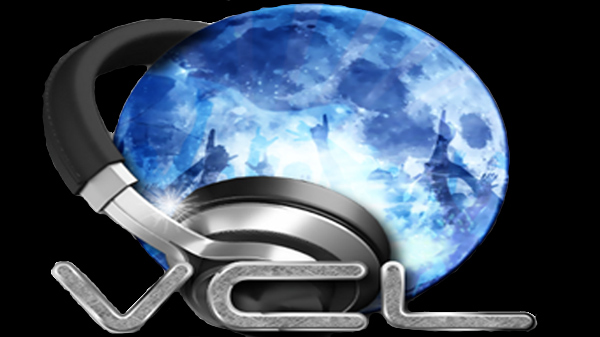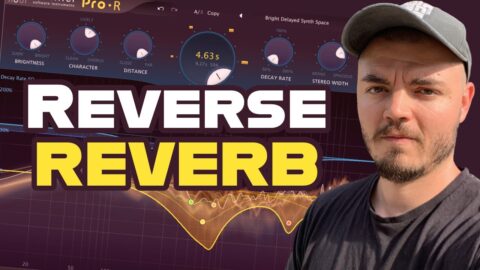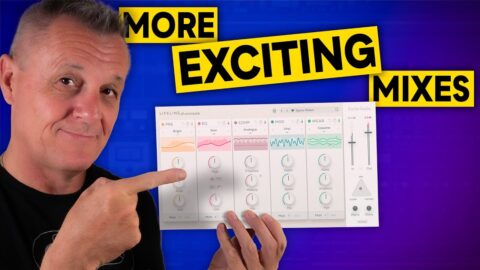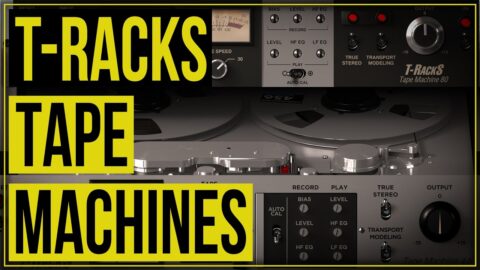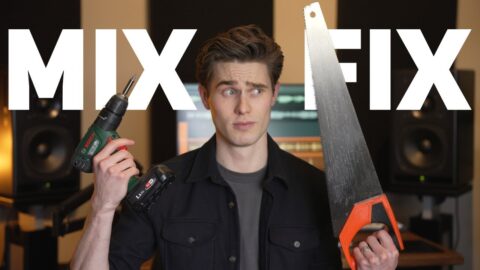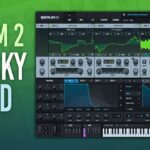▶ MY PLUGINS: https://apmastering.com/plugins
▶ MY COURSES: https://apmastering.com/courses
SHOPS I USE AND RECOMMEND:
▶ Sound Imports: http://soundimports.eu
▶ SchneidersLaden: https://schneidersladen.de
GEAR I USE AND RECOMMEND:
▶ Squarp: https://squarp.net
▶ Reaper: http://reaper.fm
▶ Hypex amplifiers: https://hypex.nl
STUDIOS I RECOMMEND:
▶ Studio Wong: http://studiowong.de
========== Video Description ==========
We put the extremely popular Kali Audio studio monitors to the test up against the hardest judge possible: the original digital audio. And I also compare to my $500 DIY studio monitors. Clearly the Kali Audio monitors sound horrendous in the time domain compared to the digital source and the DIY 3 way and their hyped up bass with their ports detracts massively from the clarity, focus and balance of the music. Although these monitors sound absolutely terrible in my opinion, they are not the worst on the market. In fact, in their class, they are some of the best. For their price, they are really one of the best contenders currently commercially available. The problem is, everything on the market at this price is a bunch of ported bass-hyped junk. So what is the solution. Either save up a few grand for something proper like a Neumann KH310 or build your own.
NOTES ON THE RECORDING:
I am using a cheap measurement mic. Yes it’s Behringer again. You know what they say in German, he who buys cheap, buys twice. Well in previous tests I was convinced the noise was coming from my video light, so for this one, I didn’t use it, and the video footage looks absolutely terrible as a result. HOWEVER, the huge amount of noise is still present. It turns out, the problem was NOT my video light like I bemoan in previous videos but rather Behringer again. Everything I ever buy from this awful company is terrible. Seriously. The self noise is a joke. That said, the frequency response, being a small diaphragm condenser, is just fine and so it serves its purpose totally fine as a measurement mic. You can hear from the Neumann tests I did previously that it’s bang on, since many people couldn’t even tell the difference between the original digital source and the Neumann speaker. The drawback, and what you get for your money when you buy Earthworks, is this HORRIBLY high self noise which degrades the quality these recordings slightly. If anyone at earthworks or DPA is a fan of my content, please send me your mics and I promise is will make a video driving over these behringer mics and the creaky behringer interface in a car.
ALSO: These is only one speaker in the video because I am doing EXACTLY what I was doing before, and a few people were confused despite writing this in the video description, but to get a good stereo image you need to record the L and R channels separately. So you only actually need one speaker. This is perfectly legitimate. I’ve done tests and having two speakers and recording the left one and then the right one is essentially identical to using one speaker and then doing L then R. The only difference is the room. Which is not the speaker anyway.
Tags: kali audio kali audio lp8 kali audio lp8 2nd wave kali audio speakers lp8 2nd wave